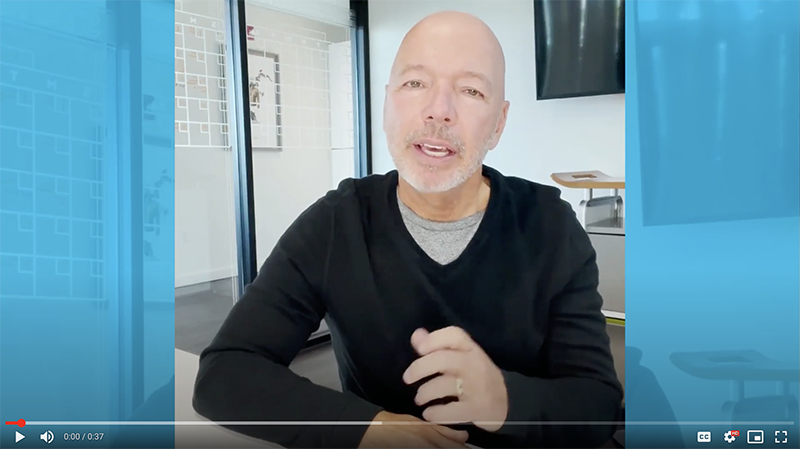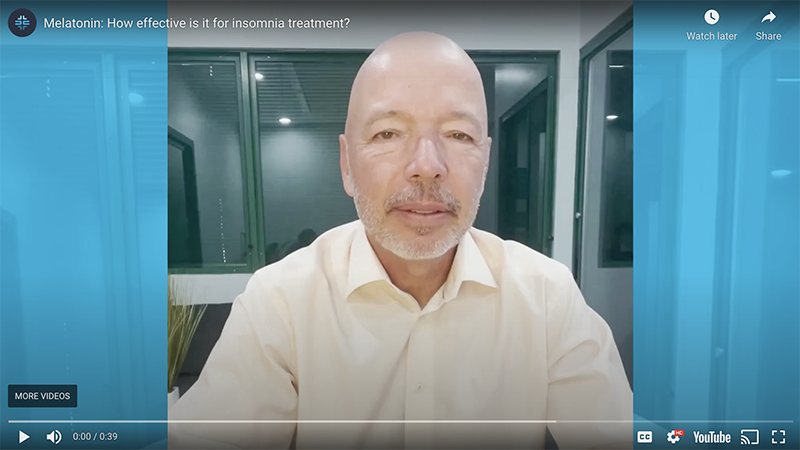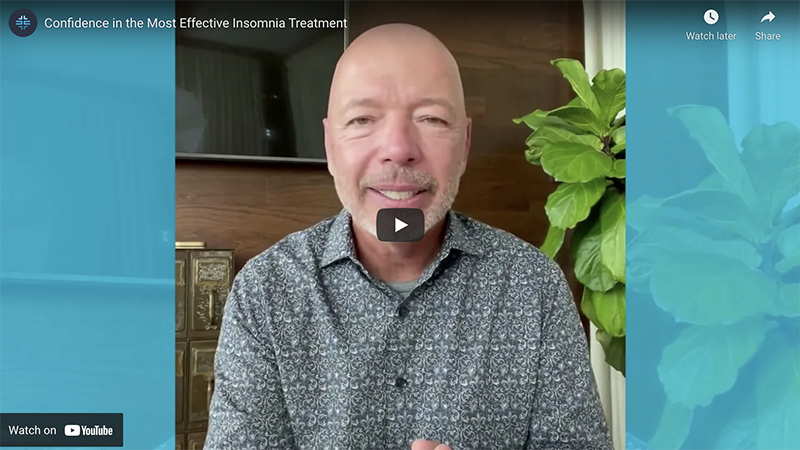We don’t feel like ourselves whenever we don’t get a full night’s sleep. That’s why Daylight Saving Time (DST) can make us feel fatigued and out-of-sorts from our usual selves. During spring and summer, it’s nice to have extra daylight after work or school. But, the initial DST transition can be challenging to overcome. So, why do we have DST, and how does it affect our sleep?
What is Daylight Savings Time?
Daylight Saving Time, initiated by the government, is setting our clocks forward to maximize the use of natural daylight. The history of DST begins with New Zealand scientist George Vernon Hudson, and British builder William Willett, who came up with the idea.
The Origins of Daylight Savings Time
In 1895, Hudson presented his idea for a proposed 2-hour shift forward in October and a 2-hour shift back in March. In 1905, Willett suggested a different way of doing things. He suggested setting the clocks ahead 20 minutes each Sunday in April and switching back 20 minutes each Sunday in September.
When Did Daylight Savings Time Officially Start?
In 1916, Germany was the first country to implement DST nationwide. Its original purpose was to save on fuel by cutting down the use of artificial light during WWI. Other countries in Europe followed suit weeks later. The United States started using DST in 1918 and has been repealed and readded since its first use.
Why Is It Hard to Adjust to Daylight Saving Time?
Moving the clock forward means losing an hour of sleep for most. Even if you are able to go to bed an hour earlier than usual, you may have problems falling asleep. DST throws off the balance of three different clocks our bodies adhere to:
- The Sun Clock
- The Social Clock
- The Body or Internal Clock
The sun clock is our relation to time and the position of the sun, i.e., if it is bright in the morning, it is easier to get out of bed. We tie our social clock to artificial timekeeping with designated time zones. The body clock is the time determined by your circadian rhythm. At the moment, we plan our days and schedules around the social clock. In comparison, our body clocks are more attuned with the sun clock because of its natural effect on our sleep.
While DST moves our social clock forward one hour, our circadian rhythm is still set to standard time, creating a form of social jetlag. Like jetlag on a trip east, it should take one day to recover from the hour difference in time. But, the initial darkness in the morning and light in the evening can make it difficult to fall asleep and wake up at the same time as before.
The Health Effects of Daylight Savings Time
The loss of one hour following the transition to DST can create adverse effects for your body. On average, sleep duration shrinks by 40 minutes the evening of the DST transition. This can result in accidents, decreased work productivity and a variety of health complications.
One study showed a 25 percent increase in the number of heart attacks occurring the Monday after the U.S. springs forward. After that Monday, the number tapers back off to an average level. Some experts believe that the loss of sleep associated with DST puts those who are already vulnerable to a heart attack at higher risk. As we know, sleep is critical for good heart health.
How to Adjust to Daylight Savings Time
Losing an hour of sleep is inconvenient and can take time to recover from. That’s why it’s so important to prepare in advance for what’s ahead, for your safety and for others.
It’s important to note that these tips will only help if you are already getting the recommended seven to nine hours of sleep regularly. If you are sleeping less than seven hours a night, it will be more challenging to adjust to DST.
Here are some of our tips to help you adjust to the short evening:
- Practice good sleep hygiene. We cannot stress this enough. If you are drinking caffeine or alcohol close to bedtime, you are going to make it more difficult to fall asleep.
- Avoid electronics an hour before bedtime. The last thing you want to do is expose yourself to blue light emitted from your phone or computer too close to bedtime. Make it easier on yourself and spend some time before you go to bed to read a book, meditate or listen to relaxing music.
- Stick to a sleep schedule. Sticking with your sleep schedule after DST starts is crucial. Even if it is lighter outside at the time you usually go to bed or darker when you get up, stick with your schedule. It will allow your body clock to adjust to the social clock change caused by DST.
- Shift your bedtime forward by 15 minutes a few nights before the leap forward. Any small adjustments will help you to feel better after the DST transition. Moving your bedtime forward in the days prior will help your body adjust to the social jetlag you will feel.
- Contact a sleep specialist. If you have difficulty falling or staying asleep after the start of DST, contacting a sleep professional can help.
The loss of sleep during Daylight Saving Time is unfortunate, but living with insomnia is downright exhausting. If you are dealing with insomnia, contact a sleep expert at Somly to get your sleep back on the right track.


